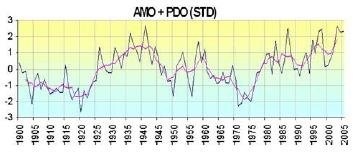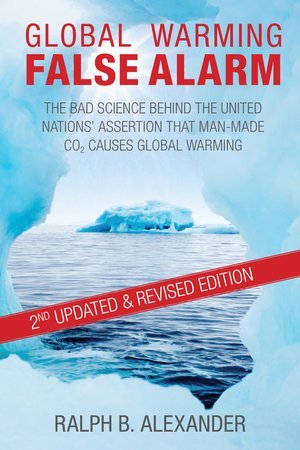“Rescued” Victorian Rainfall Data Casts Doubt on Claims of a Wetter UK
/Millions of handwritten rainfall records dating back nearly 200 years have revealed that the UK was just as wet in Victorian times as today. The records were “rescued” by more than 16,000 volunteers who digitally transcribed the observations from the archives of the UK Met Office, as a means of distracting themselves during the recent pandemic. The 5.3 million digitized records boost the number of pre-1961 observations by an order of magnitude.
The new data extends the official UK rainfall record back to 1836 and even earlier for some regions. The year 1836 was when Charles Darwin returned to the UK after his famous sea voyage gathering specimens that inspired his theory of evolution, and a year before Queen Victoria came to the throne. The oldest record in the collection dates back to 1677.
As a result of the project, the number of rain gauges contributing to the official record for the year 1862, for example, has increased from 19 to more than 700. The rain gauges were situated in almost every town and village across the UK, in locations as diverse as lighthouses, a chocolate factory, and next door to children’s author Beatrix Potter's Hilltop Farm in the Lake District.
Raw data in the form of “Ten Year rainfall sheets” included monthly rainfall amounts measured across the UK, Ireland and the Channel Islands between 1677 and 1960. After digitizing and organizing the raw data by county, the volunteer scientists combined data from different decades and applied quality control measures such as removing estimates and duplicate measurements, and identifying rain gauge moves.
The outcome of their efforts, presented in a recently published paper, is depicted in the figure below showing the annual average UK rainfall by season from 1836 to 2019. The rescue data for 1836-1960 is shown in black and the previous Met Office data for 1862-2019 in blue. Both sets of data agree well for the overlapping period from 1862 to 1960.
While the annual rainfall for all seasons combined is not included in the paper, the figure shows clearly that current UK rainfall is no higher on average than it was during the 19th century, with the possible exception of winter. This conclusion conflicts with statements on the Met Office website, such as: “… the UK has become wetter over the last few decades … From the start of the observational record in 1862, six of the ten wettest years across the UK have occurred since 1998 … these trends point to an increase in frequency and intensity of rainfall across the UK.”
In fact, the wettest UK month on record was in the early 20th century, October 1903. The rescue data for the 19th century reveals that November and December 1852 were also exceptionally wet months. December 1852 is found to have been the third wettest month on record in Cumbria County in northern England, and November 1852 the wettest month on record for large parts of southern England.
The next figure illustrates how much UK rainfall varies regionally in time and space, for the four wettest months between 1836 and 1960. It can be seen that the soggiest regions of the nation are consistently Scotland, Wales and northwestern England. Shown in the subsequent figure is the monthly rainfall pattern from 1850 to 1960 recorded by rain gauges located near Seathwaite in Cumbria’s Lake District – one of the wettest spots in the country, with annual rainfall sometimes exceeding 5,000 mm (200 inches). The different colors represent nine different gauges.
By contrast, the driest UK month on record was February 1932 – during a prolonged period of heat waves across the globe. But the new data finds that the driest year on record was actually 1855. And 1844 now boasts the driest spring month of May, during a period of notably dry winters in the 1840s and 1850s.
Gathering the original rain gauge readings transcribed by the volunteers was evidently no simple task. The published paper summarizing the rescue project includes amusing comments found on the Ten Year sheets, such as “No readings as gauge stolen”; “Gauge emptied by child”; and “Gauge hidden by inmates of a mental hospital.”
But the newly expanded dataset does bring recent Met Office statements into question. While precipitation tends to increase as the world warms because of enhanced evaporation from tropical oceans, which results in more water vapor in the atmosphere, there’s very little evidence that the UK has become any rainier so far.
Next: Science on the Attack: Nuclear Fusion – the Energy Hope of the Future












